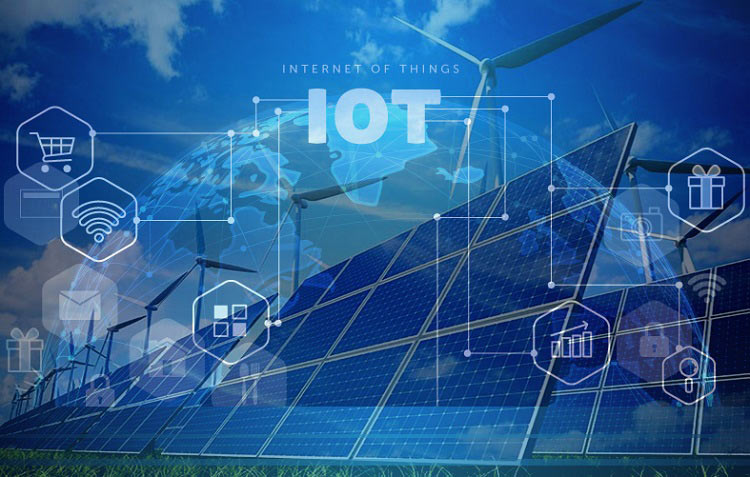
IoT is everywhere. Working hand in hand with technologies like blockchain and machine learning, it is changing everything, from the way we order groceries, to the way we maintain machines and equipment. The applications of IoT cuts across all fields and industries. From utility management and transportation to education and agriculture, helping businesses to deliver more value to clients, reduce their expenditures and ultimately increase their profit margin, thus, it is understandable that almost all forward-thinking firms now have IoT strategies to grow their business. However, for folks who are new to this, and working in sectors of the economy that are not directly related to technology, it could all be a lot to wrap your head around. So, over the next few articles, I will be sharing about how IoT is transforming diverse industries, one industry after the other. This will involve use cases, current industry trends and future applications with the aim of providing useful insight to all seeking to deploy IoT based solutions.
We will kick off this series by examining the applications of IoT in the Energy industry. We will look at how IoT is being used or can be used to transform the energy sector from energy generation to transmission, distribution, and consumption.
Transforming Energy Generation with IoT
The goal for power generation is to achieve affordability, availability, sustainability and reduce the use of fossils and emissions. Many organizations like GE, across the world are increasingly leveraging on IoT to achieve these goals. There are three main areas where IoT can be very Impactful in Power generation.
1. Remote Asset Monitoring/Management
This is probably one of the most popular uses of IoT in industrial applications. Connected sensors are being used to measure wear, tear, vibration, temperature, and other parameters to determine the overall health of assets from turbines to transmission lines. Trends in the data obtained from sensors could be used to estimate the “time to failure” of key infrastructures and plan maintenance, reducing downtime due to unscheduled maintenance and help avoid the economic consequences of such downtimes. Adopting IoT in power generations could also help identify safety issues like gas leakages before they cause harm to workers and equipment, generally helping stations attain new safety levels.
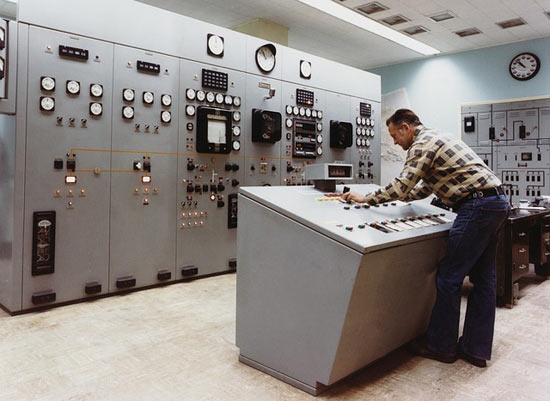
2. Process Optimization
IoT has the ability to provide real-time information about the overall state of the entire generation station and this is greatly helping plant automation. Real-time data is being used to fine-tune the operations of plants, increasing energy conversion from fuels and reducing the costs of maintenance.
3. Integration and management of renewable energy sources
A major goal for power generation is the eradication of fossil fuels but in the meantime, generating stations are able to cut down on emissions by combining energy generated through renewable means like Wind and Solar with the traditional coal or gas stations. IoT provides generating station with information on peak periods which helps them plan alternation between renewable sources and fossils while also facilitating the storage of excess energy and its use during peak demand periods. The output and uptime of renewable sources can also be easily maximized using IoT based solutions as it helps to ascertain the production values and overall health of renewable sources irrespective of their location.
4. Business Models and Decentralization
IoT is rapidly leading to energy decentralization. It is at the core of several new business models which are paving the way for commercialization of small and medium scale renewable energy solutions. From “pay as you use” off-grid solar system powering homes in developing countries like Nigeria, to large-scale, privately owned stations contributing energy to the grid in developed countries. It is also providing utilities with the information required to create flexible tariffs (e.g higher tariffs during peak periods) giving consumers more options.
Transforming Energy Transmission and Distribution with IoT
The problems during transmission and distribution to some extent are similar. They involve line failures, fault detection, losses on the lines among others. Most of these problems could be solved with IoT.
1. Asset Management and Maintenance
Depending on the setup, assets involved with power transmission and distribution usually include substation equipment, transmission lines amongst others. Each of these equipment develops faults and fail due to factors like overloading, vandalization etc. With IoT, they can be monitored remotely with a range of sensors that monitor parameters like temperature, detect falling of utility poles before it causes safety hazards and detects security breaches to prevent vandalism which is rampant in developing countries. The ability of the sensors to identify failures and their sources, before they become critical, increases the productivity of repair teams and reduces downtime and other related losses. The overall spending on parts and repairs are reduced making electricity more available and affordable.
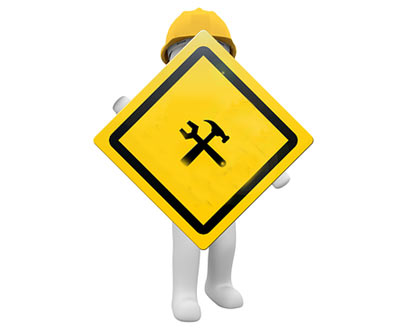
2. Grid Balancing
IoT has the ability to provide the real-time information needed to effectively manage congestion on T&D lines. With IoT, the grid can ensure the connected generation stations have met the connection requirements from frequency to voltage control to prevent instability.

3. Grid Contribution
One of the biggest future trends in electricity generation is the contribution of regular homes to the energy grid. Excess energy generated by solar panels at the rooftops in several homes are contributed/sold to the Grid. One of the key technologies that will drive this transformation is the IoT. The connection of renewable energy based generation plants with varying production levels to the grid will bring about variations in voltages at different nodes on the grid causing changes in power flow, but all of these can be, managed using real-time data provided by IoT solutions, auto-adjusting the grid to maintain stability.
4. Load Forecasting
Sensors installed at different substations and along distribution lines could provide real-time information on power consumption in different areas which could help the utilities make automated and smart decisions around voltage control, network configuration, load switching among others. Trends in the data supplied could also be used as the basis for infrastructure upgrade and development.
Transforming Energy Consumption with IoT
Consumption is by far the section of the energy cycle where IoT has had the most impact. It started with AMR based (semi) smart meters and thermostats and has evolved to Smart electricity meters that predicts consumption pattern and with your permission control the supply of power to certain power-hungry equipment during peak time when power is expensive. Web-connected lightings that know when no one is home and automatically switches off the lights that were left on.
Some of the important opportunities IoT is enabling on the consumer side of energy are discussed below.
IoT is helping consumers save cost and make smart decisions about their power usage. Data from smart meters are sent to mobile app through which consumers can access how much power has been consumed, how much more they can afford to consume based on their budget and take steps to tune consumptions accordingly. Consumers can turn off the supply of power to certain appliances and set conditions under which other appliances come on. With this, they are able to eradicate waste and optimize their consumption.
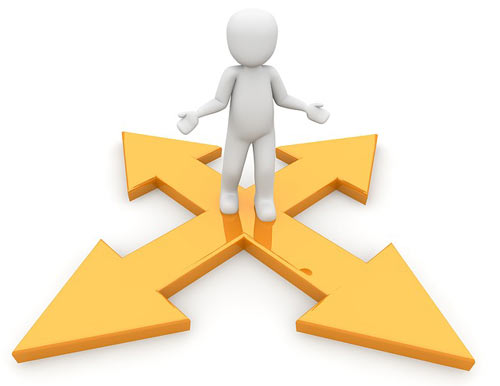
As mentioned above, IoT has created a plethora of business models that have increased the availability and affordability of energy and the biggest beneficiaries are the consumers who now have access to divers plans and tariffs to subscribe to for constant and affordable power supply.
Alongside new business models are new IoT based power solutions that facilitate monitoring, low scale generation, and storage of power for consumers. We are gradually moving closer to a future where consumers can choose to buy power during periods when the tariffs are low and use during peak periods when tariffs are expected to be high.
New line of smart meters, enabled for two-way communication between the distribution station and consumer, are being deployed in developed countries. These meters send downtime notifications and other critical operation information to utility agencies. Utility agencies can act on this data and respond more quickly to outages due to faults and other factors. The meters also provide real-time data (Load forecasting) that helps the grid adjust power distribution as a result of variation in peak time across different areas.
IoT is enabling technologies that could help small homes sell excess energy generated from sources like solar panels and wind plants to the Grid. With technologies like “Vehicle to Grid”, even Electric cars could start contributing excess, unused energy to the grid.
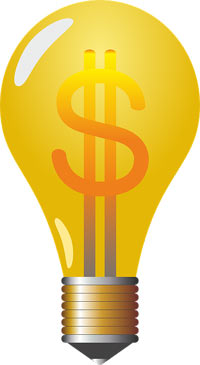
IoT is also powering consumer driven concepts like the Zero Net Energy building. Zero Net energy means all the energy needs of that house is generated by the house mostly via the use of renewable energy sources.
Each of the applications mentioned above represents opportunities for entrepreneurs and utilities to deliver additional value to customers and the combination of all these applications will certainly help make energy cleaner, cheaper, more available and sustainable.





